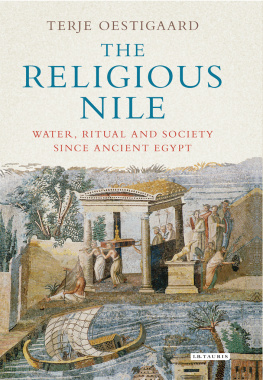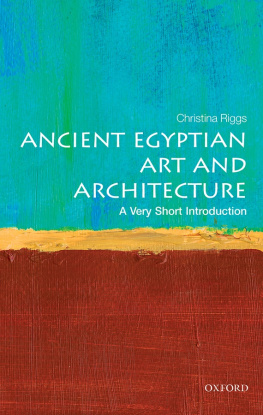Jackie Gaff - Ancient Egypt
Here you can read online Jackie Gaff - Ancient Egypt full text of the book (entire story) in english for free. Download pdf and epub, get meaning, cover and reviews about this ebook. year: 2016, publisher: Capstone, genre: Religion. Description of the work, (preface) as well as reviews are available. Best literature library LitArk.com created for fans of good reading and offers a wide selection of genres:
Romance novel
Science fiction
Adventure
Detective
Science
History
Home and family
Prose
Art
Politics
Computer
Non-fiction
Religion
Business
Children
Humor
Choose a favorite category and find really read worthwhile books. Enjoy immersion in the world of imagination, feel the emotions of the characters or learn something new for yourself, make an fascinating discovery.
- Book:Ancient Egypt
- Author:
- Publisher:Capstone
- Genre:
- Year:2016
- Rating:5 / 5
- Favourites:Add to favourites
- Your mark:
- 100
- 1
- 2
- 3
- 4
- 5
Ancient Egypt: summary, description and annotation
We offer to read an annotation, description, summary or preface (depends on what the author of the book "Ancient Egypt" wrote himself). If you haven't found the necessary information about the book — write in the comments, we will try to find it.
Ancient Egypt — read online for free the complete book (whole text) full work
Below is the text of the book, divided by pages. System saving the place of the last page read, allows you to conveniently read the book "Ancient Egypt" online for free, without having to search again every time where you left off. Put a bookmark, and you can go to the page where you finished reading at any time.
Font size:
Interval:
Bookmark:

Through the book you will find Deadly Secrets that show an historical object. Use the clues and the hint to figure out what the object is or what it was used for. Then check the answer to see if you are right.
The Nile River flows through Egypt, creating a strip of of ancient Egypt.
People started to settle along the edge of the Nile River about 8,000 years ago.They farmed the land and raised animals for food. The villages were clustered intotwo main groups: one in the south (called Upper Egypt) and one in the north (calledLower Egypt).
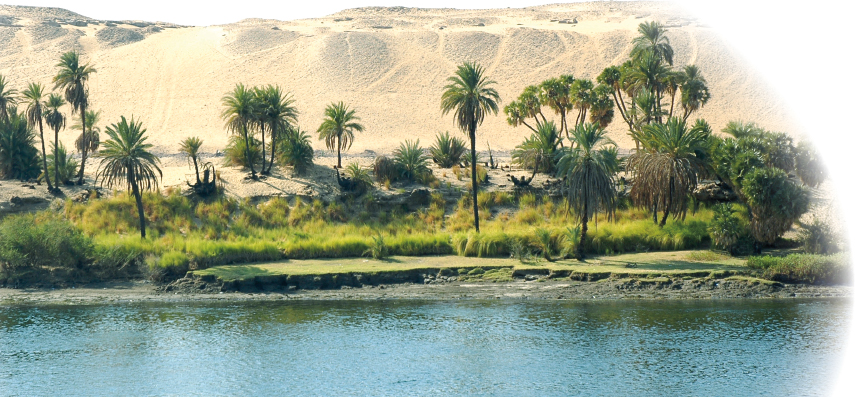
The Egyptian civilization depended on the water of the Nile River.
In about 3100 BCE, Upper and Lower Egypt were united under a single king. This wasthe start of a period lasting more than 3,000 years, in which kings and queens ruledEgypt. During this time, the Egyptian civilization became very powerful.
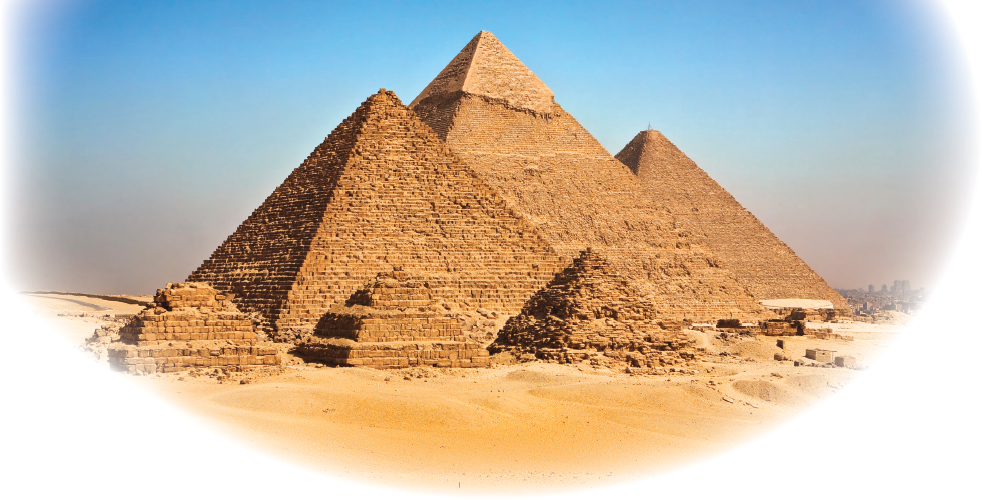
The enormous pyramids of Giza, near modern Cairo, were built during the Old Kingdomperiod (see below).
The ancient Egyptians built grand for honoringand burying their dead. Although we know a lot about their rulers, most ancient Egyptianswere ordinary people. They farmed, built houses, looked after their families, andserved the king.
In the sixth century BCE, the Persians conquered ancient Egypt, followed later byAlexander the Great. Finally, in 31 BCE, ancient Egypt became part of the mightyRoman .
Egyptian Timeline
- ca. 3100 BCE: Upper and Lower Egypt unite under King Narmer
- ca. 26492150 BCE: The Old Kingdom: many are built
- ca. 20401640 BCE: The Middle Kingdom: a peaceful time of great creativity
- 15521069 BCE: The New Kingdom: ancient Egypt becomes large and powerful
- 525 BCE: The Persians take over
- 332 BCE: Alexander the Great (from Macedon, northern Greece) takes over
- 31 BCE: Egypt becomes part of the Roman Empire
For a long time, ancient Egyptian was a mystery to modern people. They couldsee the remains of ancient monuments, such as temples and pyramids. However, becausethey could not read the Egyptian picture writing, it was hard to find out about theworld of the ancient Egyptians.
Everything changed when the ancient Egyptian are now able to read it to learn more about the history and culture of ancient Egypt.
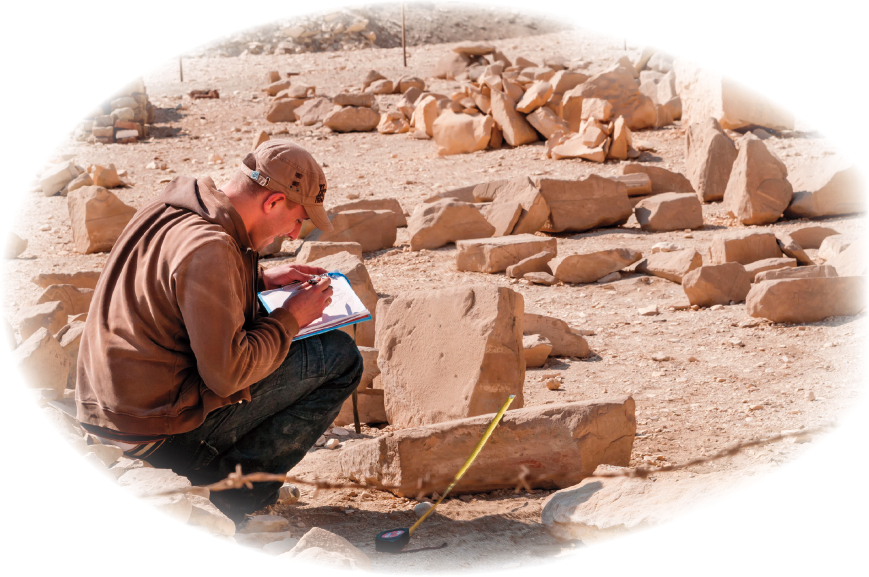
There are still archaeological digs in operation all over Egypt, including this onenear the Valley of the Kings.
A long time ago, when wealthy Europeans visited Egypt as tourists, they often tookhome in an orderly fashion.They kept records and made important new discoveries. Everything, from pieces ofbroken pottery to grand temples, increased our knowledge of ancient Egypt.
More and more , nobles, and even commoners.Nearly all the royal tombs had been robbed, sometimes thousands of years earlier.However, other tombs were filled with artifacts. The finding of the pharaoh Tutankhamunstomb in 1922 was important because there were still so many precious items in it.Studying burials, as well as writings, art, and other artifacts, has given us a clearerpicture of this amazing civilization.
The Sphinx
The Great of Giza is one of ancient Egypts most recognizable monuments. It was built more than 4,500 years ago. It shows the body of a lion with the head of a man. Most of its body was carved directly out of natural limestone. Many archaeologists believe that the face is that of Khafre, a pharaoh from the Old Kingdom, but no one knows for sure.
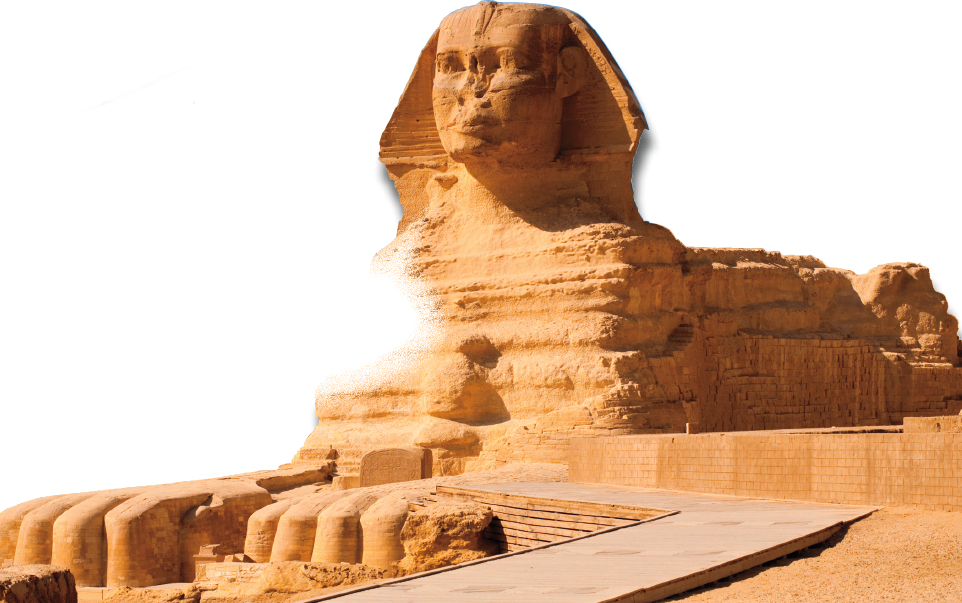
The limestone Sphinx sculpture at Giza is more than 65.6 feet (20 meters) high inplaces.
For much of its history, a single king-like ruler, called a pharaoh, ruled ancientEgypt. People thought he was a god living on Earth. They believed that pharaohs hadmagical powers. There were hundreds of pharaohs throughout ancient Egypts history.Some of them had an enormous impact.
The pharaoh was a religious leader as well as a political leader. He would choosesites for temples and lead important ceremonies. He also made the laws, collectedtaxes, and led his country in war.

Tutankhamun was pharaoh for only about 10 years. He is famous because of the richtreasures found in his tomb, such as this mask that covered his head and shoulders.
This is a statue of one of Egypts pharaohs, Hatshepsut. Hatshepsut was a famous female pharaoh. There is something a little odd about it. Can you guess what it is?
Hint: It has something you would not normally expect to see on a womans face.
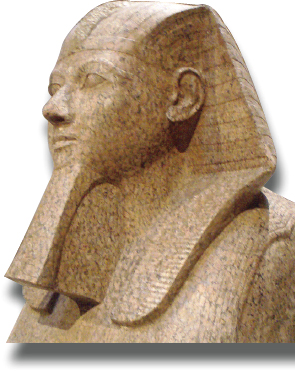
Answer: The statue shows a pharaoh with a beard! Nearly all pharaohs were men but Hatshepsut was a woman. Most pharaohs were clean-shaven but they wore fake braided beards to look like the god Osiris. Hatshepsut was no different.
The title of pharaoh usually passed from father to son. Some pharaohs would namean instead. Pharaohs were very concerned about keeping the job of pharaoh intheir own family. Many pharaohs married their sisters or half-sisters. One pharaoheven married his own daughters! In art, pharaohs are often shown holding a crook(a stick curved into a hook at one end) and a flail (like a whip). The crook symbolizesthe pharaohs role as protector of his people. The flail symbolizes punishment ofhis enemies.
Famous Pharaohs
- Name(Reign): Claim to Fame
- Narmer (ca. 3100 BCE): First king of the united Egypt
- Khufu (25512528 BCE): Built the Great Pyramid of Giza
- Khafre (25202494 BCE): Built pyramid at Giza; Sphinx may be a portrait of him
- Hatshepsut (14901468 BCE): Female pharaoh who traded with people far away
- Akhenaten (13641347 BCE): Pharaoh who introduced the worship of one god: Aten
- Tutankhamun (13471337 BCE): Son of Akhenaten. His tomb was discovered in 1922
- Ramesses II (12891224 BCE): One of the longest-reigning pharaohs
- Cleopatra (5130 BCE): Last queen of Egypt before it became a Roman province
For much of its history, ancient Egypt depended on the hard work of its people. Therewere times when people had to spend a few weeks each year working for the pharaoh.They often worked on large-scale projects such as building pyramids. After they hadfinished, they were free to go back to their farms.
Font size:
Interval:
Bookmark:
Similar books «Ancient Egypt»
Look at similar books to Ancient Egypt. We have selected literature similar in name and meaning in the hope of providing readers with more options to find new, interesting, not yet read works.
Discussion, reviews of the book Ancient Egypt and just readers' own opinions. Leave your comments, write what you think about the work, its meaning or the main characters. Specify what exactly you liked and what you didn't like, and why you think so.





